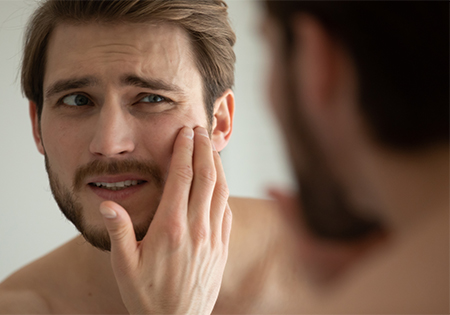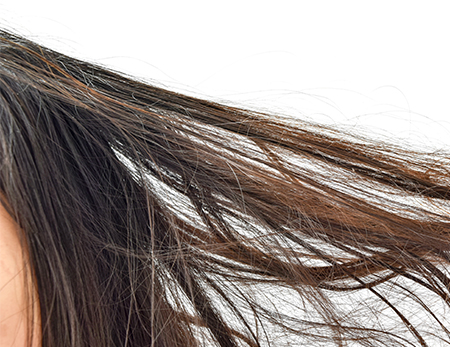 Tourette Syndrome represents a nervous condition.
Tourette Syndrome represents a nervous condition.
At first, you thought it was a habit that would go away on its own. But over time, it has gotten worse. You feel embarrassed when people ask you why you do that or make that sound – leaving you wanting to isolate and avoid social settings.
Tourette syndrome causes “tics” that may represent repeated movements or sounds that seem impossible to stop.
Unwanted movements might involve blinking or jerking your arms. Other forms of Tourette’s might involve yelling or producing some other annoying noise.
Therapy can help with Tourette.
Cognitive-Behavioral Intervention for Tics (CBIT) is a non-pharmacological approach that has proven effective for many.
CBIT involves teaching individuals to recognize the early warning signs of a tic and then employ a competing response, a behavior that physically interferes with the tic.
For instance, if you have a tic involving excessive blinking of your eyes, the therapist may teach you to focus on slowly closing your eyes whenever you feel the urge to blink excessively. It’s like retraining your brain to respond differently to the desire of the tic.
Your therapist and you will work together to develop skills to decrease your tics, work on stress management, and build a support system. It can get better, and we can help! Contact us today, and let’s start helping you overcome your Tourette’s.
 Trichotillomania involves hair pulling.
Trichotillomania involves hair pulling.
An urge to pull your hair started small in an unnoticeable spot on your head and has grown to a more prominent bald spot that people have noticed. You feel embarrassed to explain that you don’t know why you do it but have no way to stop it.
There is the constant urge to pull out hair from your eyebrows, eyelashes, and other body areas. In a way, it seems to provide relief. Unfortunately, this behavior can produce bald spots, making one feel ashamed about how they look.
Trichotillomania, a hair-pulling disorder, can be frustrating. However, treatment options are available to help manage this habit.
We can help you manage your trichotillomania.
Cognitive-Behavioral Therapy Habit Reversal Training (CBT-HRT) is a common approach where patients learn to recognize and change patterns of behavior that lead to damaging actions. For example, individuals may receive training to substitute hair-pulling with another activity like squeezing a stress ball.
Why does CBT work? The primary goal of CBT is to interrupt the cycle of compulsive behaviors by instilling healthier coping mechanisms. You will learn to identify and respond to your triggers constructively.
Feel empowered!
An essential facet of CBT is its focus on self-empowerment; it equips individuals with the tools to challenge their unhealthy habits actively.
Studies have illustrated that CBT can significantly reduce hair-pulling episodes, improving psychological well-being and quality of life.
Call us today to begin therapy.

